by Amanda Rose Newton
The new year is a great time to start working on your goals, especially when they involve the garden. Even though so much of gardening is experiential and intuitive, journaling adds a layer of accountability and allows you to be a bit more strategic in reaching your desired outcome.
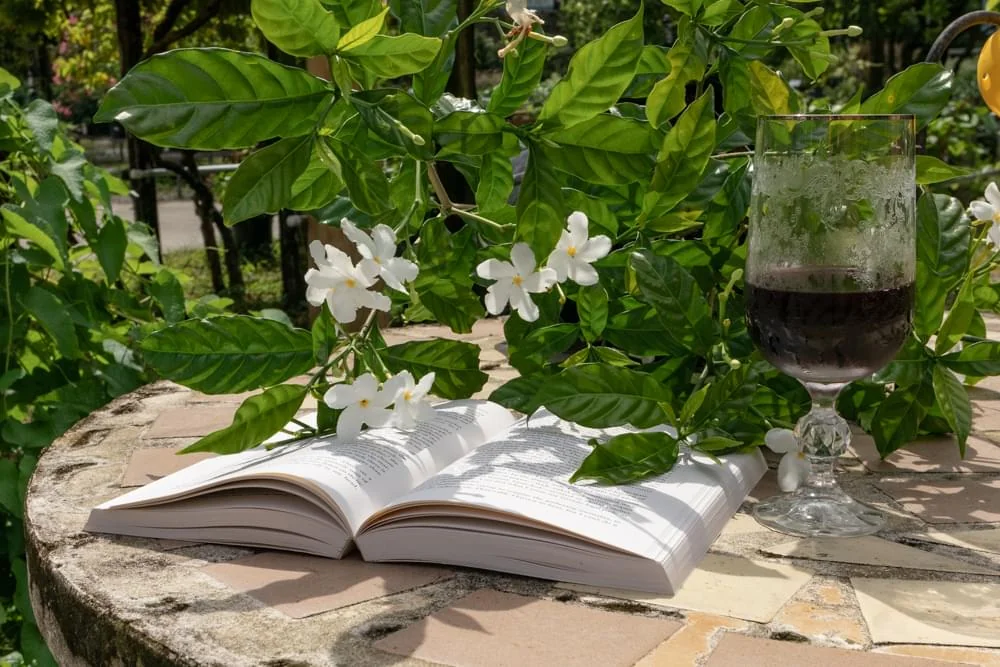
Personally, I love an excuse to purchase a beautiful book to manually take notes in as I meander outdoors, but nowadays you can find some great templates online to create a more personalized, digital experience.
Whether you choose to go digital or analog, journaling allows you to learn from your past gardening experiences, which is so valuable especially when you are new to gardening or to Florida’s climate. It also is a fail-safe to keep you from making the same mistakes year after year.
Through the journaling experience, you can improve your seed starting, plant health monitoring, pest control methods, and soil regenerative practices each year.
So what should you include in your gardening journal? Below we outline the key topics that you should look for in templates or create in your physical garden diary.
Planting and seed starting dates
First things first! Knowing the exact date you plant might not seem like a big deal, but it can give you huge amounts of information from year to year. This can also be used as a tactic later if you are encountering heavy pest pressure and disease outbreaks.
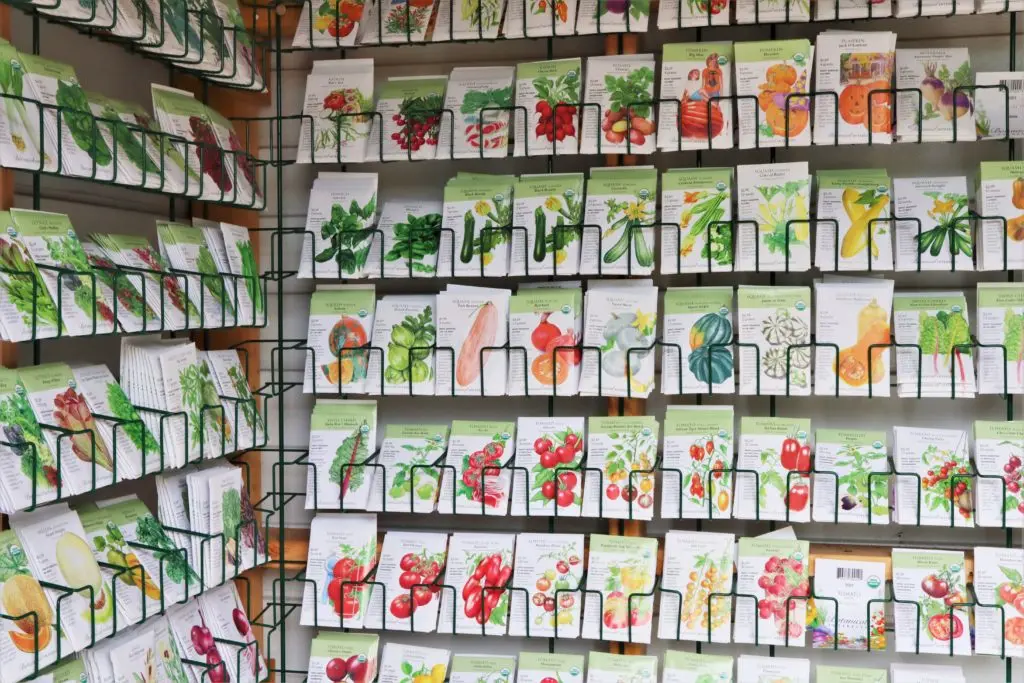
By planting later or earlier the next year, you can avoid the same pitfalls. Likely, if it turned out to be a bit too early (say there was an unexpected cold snap in late February) it can serve as an indicator that it might be best to wait a bit next year.
Bloom Time (Phenology)
Bloom time, or in fancy science speak “phenology”, is critical for the same reasons planting timing is. It helps avoid crop loss due to blooms falling– caused by too-low temperatures– and flowering ornamental lets you time it so that at least something is blooming in your yard at any given time. It’s also a unique way to monitor the changing climate in your own backyard.
Many universities keep a record of bloom times each year to see which plants are flowering earlier. You can contribute your dates to a growing database that will help scientific research!
Seed and Fruit harvest dates
Collecting seeds is important for food security and understanding plant cycles. This allows you to plan ahead of time for when to start collecting seeds for the next growing season before they blow away or are consumed by other animals. It also sets a reminder for when to expect fresh fruit and veggies for the garden. If you don’t get a great harvest in one year, these dates can help you walk backward and potentially pick a better start time.
Weather Conditions
You may choose to do this daily, weekly, or monthly just to paint a picture of what was going on during your planting season. While this seems mundane, that is exactly the reason to do it, as you are likely to forget this information.
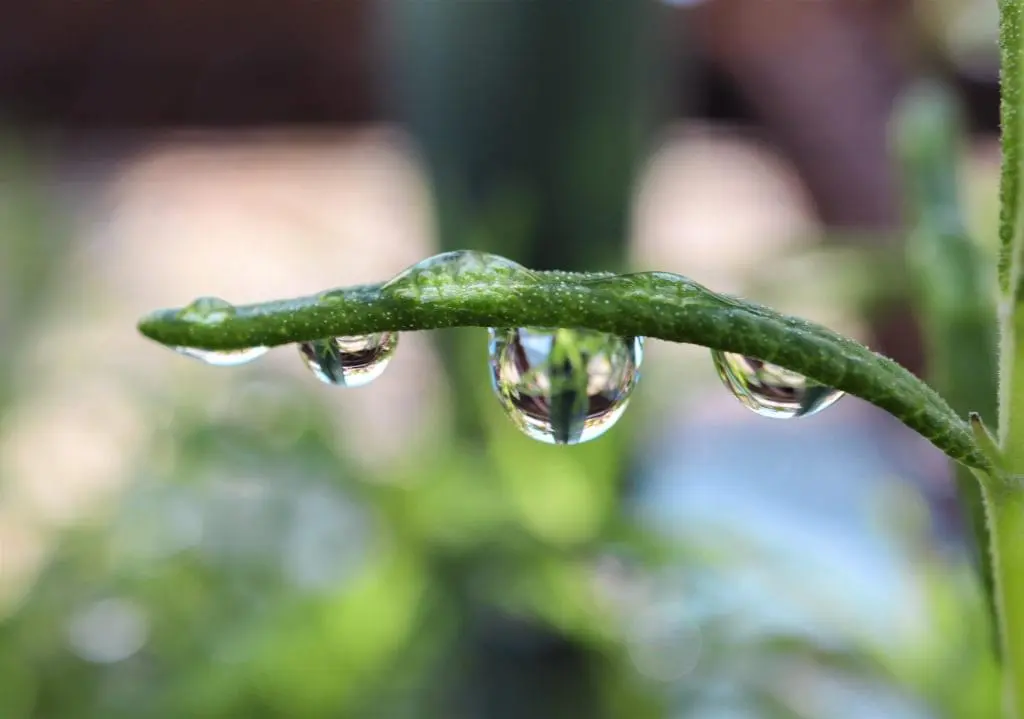
Weather, including hurricanes and major storms as well as daily highs and lows, can say a lot when looked at from a whole-picture perspective. Many garden journal apps have features where you can just tap on a sun or a cloud, shaving time off of an otherwise boring task.
Soil amendments
Soil is the base for all great plants, and this is an ongoing process! Each year your plants are taking nutrients from the soil and they will need to be replaced for the next planting season. Many gardeners forget the importance of this step, and everyone really should be working on improving soil each year.
Soil health takes years to develop, especially if you’re starting from scratch. To help keep your biome healthy, keep a record of amendments that were added and their timing. Be sure to include compost, soil conditioners, manure, and other regenerative practices used.
Garden Layout
Having diagrams, drawings, or photos of your garden beds help visually remind you of what you had planted where in addition to the important information above.
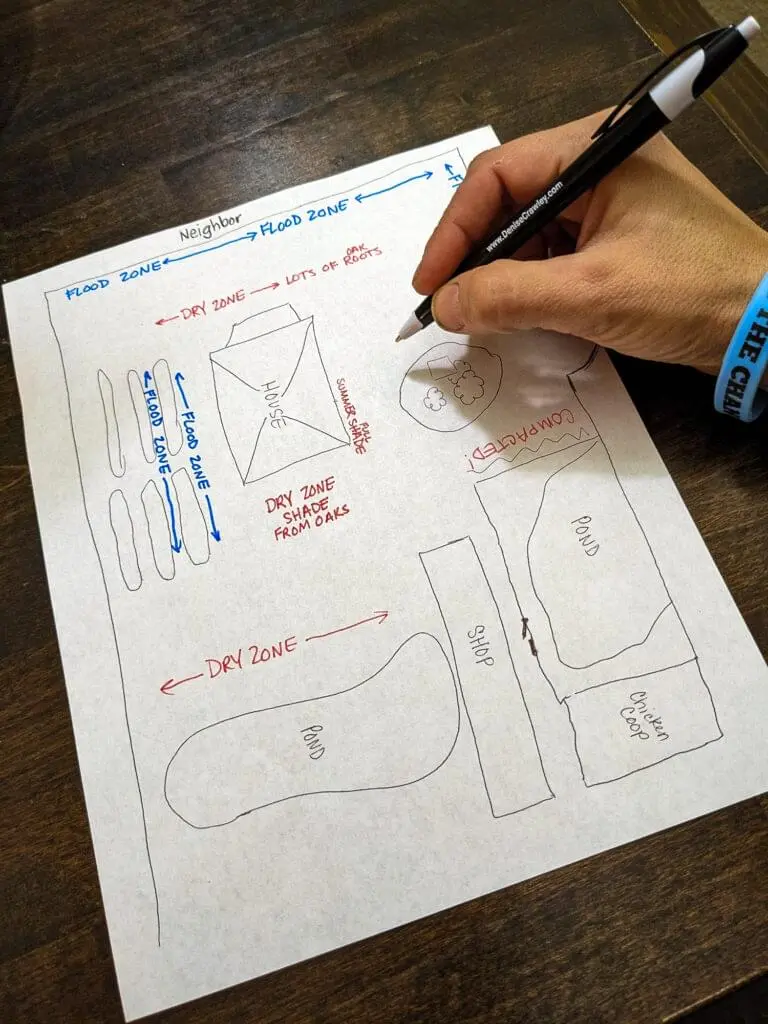
If you are able to update this on a regular basis, it will enhance its worth by allowing you to see the changes throughout the growing season.
Fertilizer Record Keeping
If you need to add fertilizer for your tomatoes or something to lower the soil pH for your blueberries, jot that down in your garden journal! This information is essential for both timing and harvest quality purposes. You may find that you do not need to consistently add every year if your harvest outcome is meeting your goals.
Pest Management
Keep note of the pests you see in your garden and what plants they are favoring. If you love taking pictures, snap a few and add them to your garden journal. When managing pests, proper identification is key, so be sure to come up with a plan based on your diagnosis.
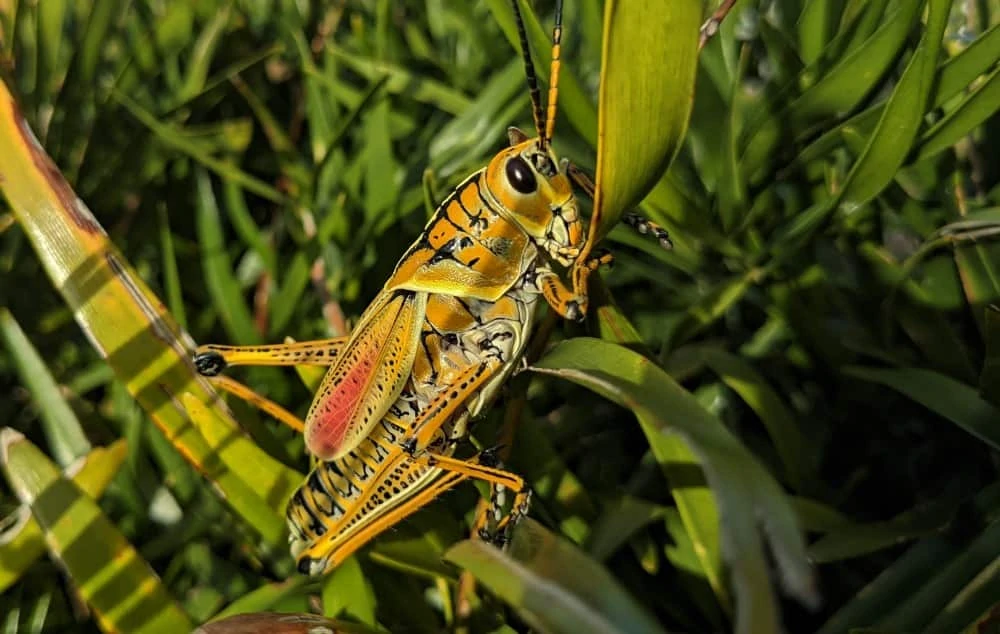
Once you choose a treatment, record the amounts and the products used as well as the assessment of success afterward. This is critical to keep you from repeating the same mistakes next year.
Plant Growth Timeline
Perhaps once a week or month, snap a picture of your plants as they grow to serve as a visual timeline of how long it is taking your plants to mature. This is valuable information for what to expect if you choose to grow these same plants again. Those who are really nerdy about data have full permission to whip out the measuring tape and take down seedling and plant heights.
End-of-Season Outcomes
You may choose to do this for all your plants or an outcome for each type. This is where you put down your thoughts on which plants you want to do next year, which ones didn’t work, and what you want to do differently. That way, by the time January rolls around, it will just take mere minutes to arrive at your gardening goals.
Other Considerations
Pruning for perennials as well as any time a plant is moved should also be documented. Likewise, anytime an herbicide or fungicide is used, it should also go into the garden journal. The location where trees, shrubs, and flowering plants were purchased can be valuable if you end up having problems with specific plants.
If you’re a numbers person, it might be wise to track your garden expenses as well– especially if you are trying to stick to a budget! No judgments if you would rather not know how much you are spending on plants. All of us here fit into that category!
However you decide to document your gardening journey, the payoff from spending a few moments each week journaling will gift you a garden of knowledge.


